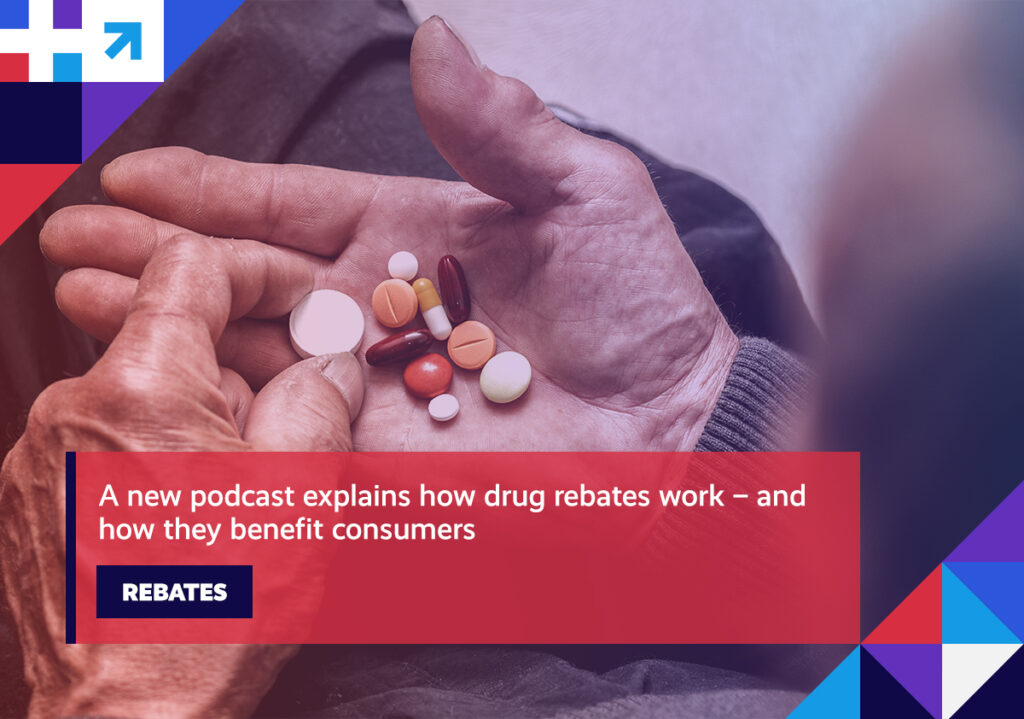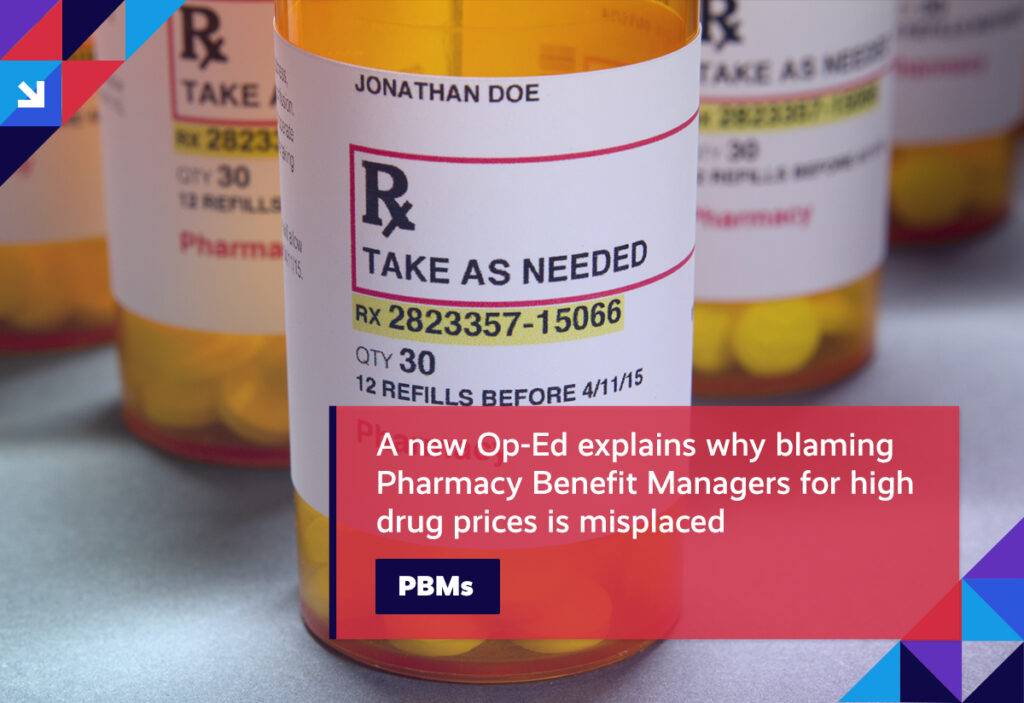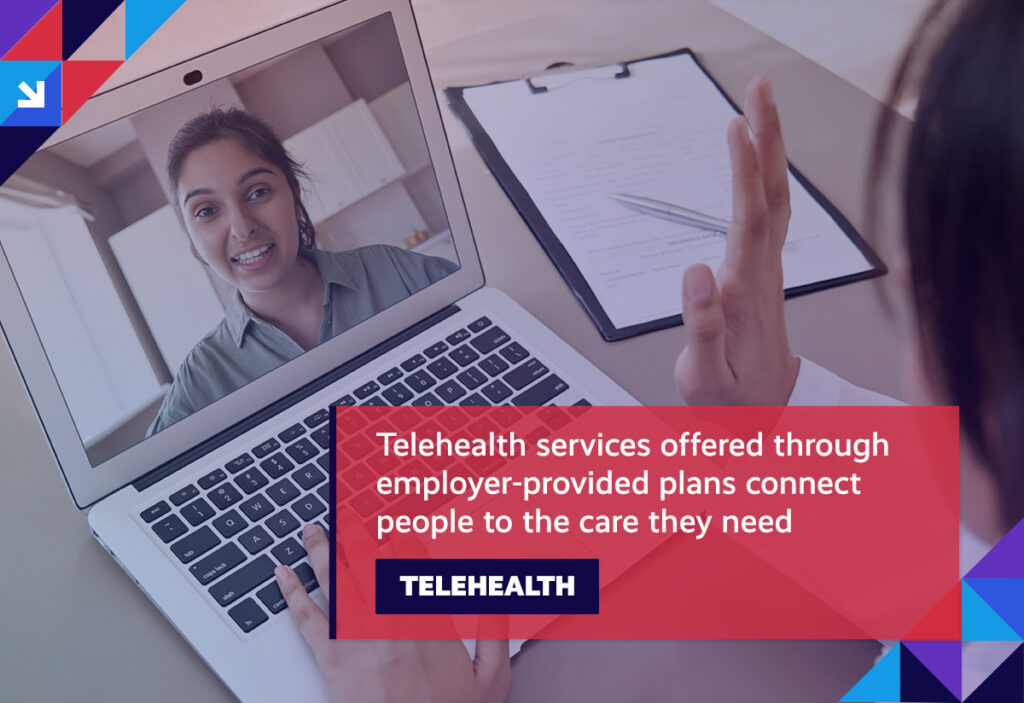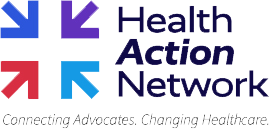Newly-launched prescription drugs head towards record-high prices; new research details the impact of hospital consolidation on prices and quality; private equity interests leave vulnerable rural communities exposed; and, Medicare Advantage helps millions of Americans overcome barriers.
We encourage you to stay involved as implementation efforts surrounding healthcare reform progress. Visit the Health Action Network and be sure to let us know what’s on your mind.
Item of the Week

Week in Review
Rx Prices: According to the results of a just-released study, newly-launched prescription drugs are on pace to hit historically high prices this year. Performed by Reuters, the analysis shows that the median annual price for 13 novel drugs approved by the Food and Drug Administration (FDA) so far this year is $257,000. Not only that, seven other drugs also launching this year were priced above $200,000. Last year, the median annual price for 30 new drugs released through mid-July rose to $180,000. While not a strict comparison to those figures, the Reuters data serves to reinforce the trend that has come to dominate the policy conversation surrounding prescription drugs – specifically, that these medicines are increasingly coming to market bearing astronomical price tags. To further complicate the issue, researchers also found that pharmaceutical manufacturers are disclosing less information about the pricing of those products, only worsening the murkiness that already surrounds prescription drug pricing.

Hospital Consolidation: A new report from the Federal Trade Commission (FTC) outlines the dangers of shielding hospital mergers from federal antitrust scrutiny in exchange for prolonged state oversight. In a report released by the agency last week, FTC researchers were able to show that these arrangements, often referred to as Certificates of Public Advantage (COPA), resulted in higher prices and lower quality of care as a result of “unconstrained provider market power.” And, as if that wasn’t bad enough, further research has established that hospitals that are allowed to merge under COPA protections, end up hiking their prices by as much as 51 percent once they emerge from those protections.
Private Equity: As recently highlighted, there’s growing concern over the impact that private equity interests are having on care access, quality, and affordability. This has been felt most acutely in rural communities, many of which already find themselves struggling to meet the healthcare needs of their populations. Reports have surfaced illustrating not just how easily rural hospitals are being acquired, but what can happen when those private equity investors pull out, leaving these health systems to collapse and the communities they support to pick up the pieces. Beyond just rural hospitals, though, private equity’s expansion into the urgent care space has raised further concerns about the quality and affordability of care in an industry experiencing skyrocketing growth.
MA Value: As a reminder, the Medicare Advantage (MA) program plays an important role in the lives of an increasingly large proportion of Medicare-eligible beneficiaries. Digging deeper into those numbers, we get a clearer sense of just how vital the program has become in connecting vulnerable populations with the coordinated care that’s been proven to lead to better outcomes. For instance, MA beneficiaries proportionally earn lower incomes and are more diverse compared to those enrolled in fee-for-service (FFS) Medicare. Nearly one-third of MA enrollees (32 percent) are racial/ethnic minorities, while two-out-of-five beneficiaries (40 percent) earn less than $25,000 annually. Recent studies have also shown that in addition to saving enrollees nearly $2,000 a year compared to FFS Medicare, the MA program also delivers a 35 percent lower cost burden for beneficiaries. It’s no wonder MA enjoys such a high rate of satisfaction among beneficiaries enrolled in the program.
Spotlight

| You can keep up with the latest by following the Health Action Network on Twitter and by liking us on Facebook. And, be sure to check us out on LinkedIn, too. As always, let us know if there’s something you’d like to see covered in a future newsletter. |
